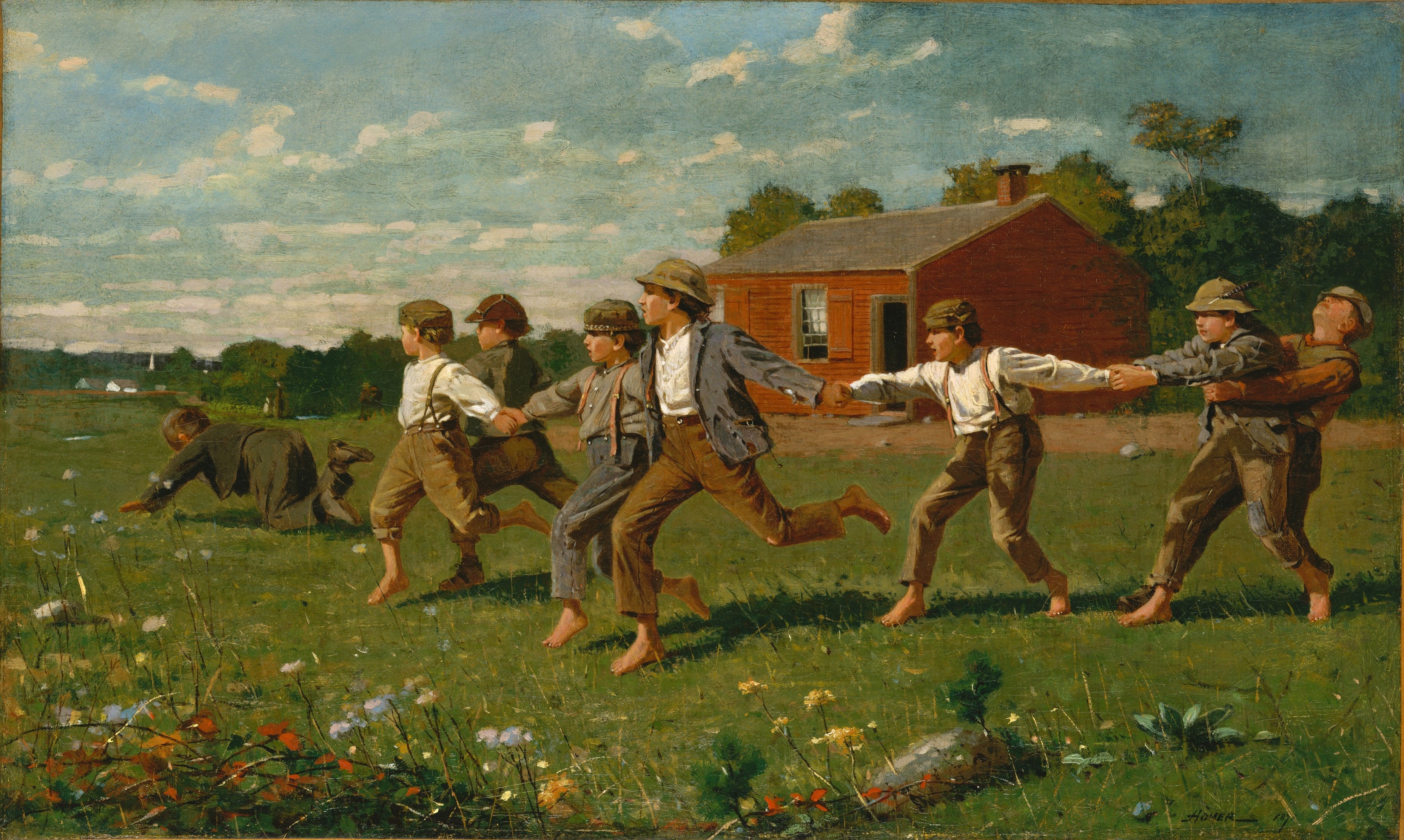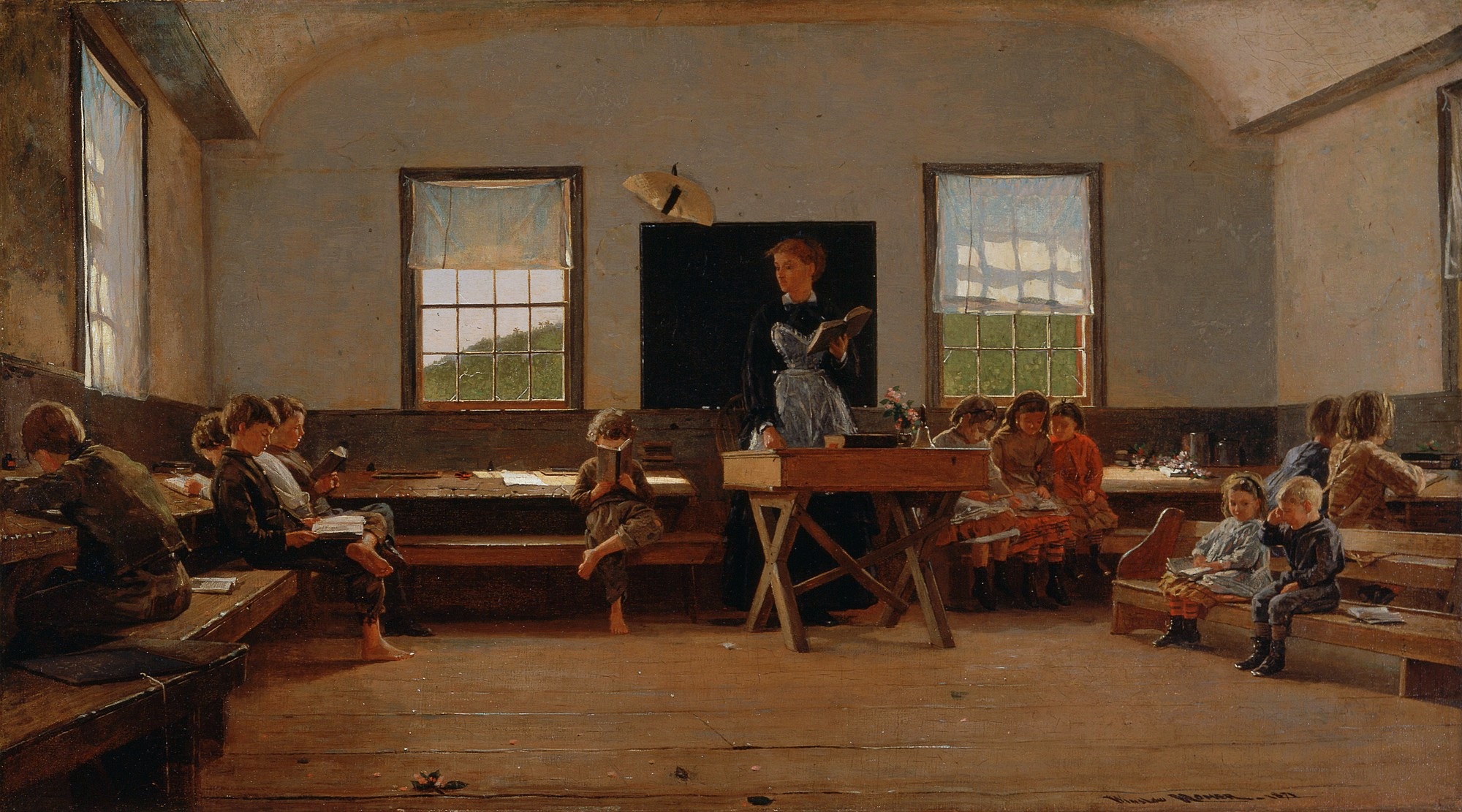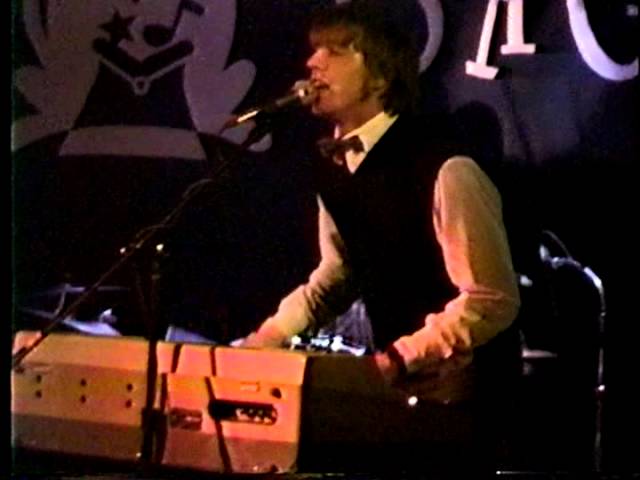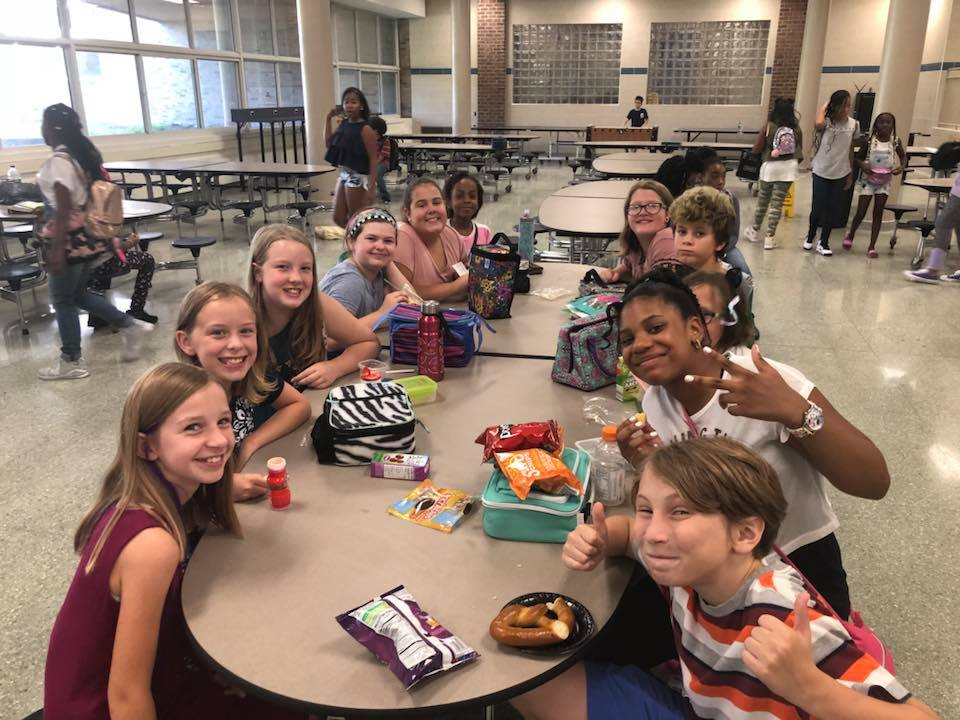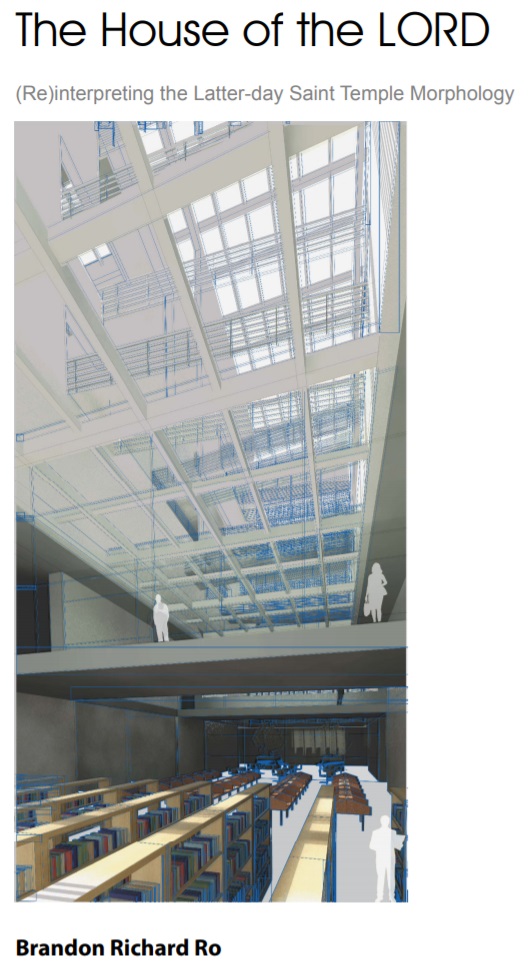Category Archives: Architectural/Hammurabi
- Home
- Archive by category "Architectural/Hammurabi" (Page 11)

School Security Concepts
Updated November 21, 2024
School, college and university security best practice literature draws from an expanding code and standards catalog of hundreds of non-profit membership and trade associations; each intended to have their titles incorporated by reference into public safety legislation. One need only examine the transcripts of the most recent code-making processes of the International Code Council using the search terms — school, security, doors, student, egress, lock; for example.
2024 Group A Proposed Changes to the I-Codes
2022 GROUP B PROPOSED CHANGES: COMPLETE MONOGRAPH MARCH/APRIL 2022 (1971 pages)
The updated catalog revision schedule has been released by the International Code Council:
2024/2025/2026 ICC CODE DEVELOPMENT SCHEDULE
Today we will scan relevant concepts — some that succeeded in adoption, some that failed, some that need to be added to the discussion — in order to prepare proposals of our own. Public input on the 2024 Group A Codes will be received by the ICC cdpACCESS facility until January 8, 2024.
We maintain nearly every title in the International Code Council catalog in any of our daily colloquia. Today at 15:00 UTC we will examine as many campus security concepts as time permits; setting up a breakout session as necessary. Open to everyone. Use the login credentials at the upper right of our home page.
August 27, 2018
The next step in the ICC Group A Code Development Process is the release of the Public Comment Agenda on August 31st. We will sort through that monograph and begin reaching out to experts* who are permitted to speak at the ICC Fall Committee Action Hearings October 24-31, 2018 in Richmond Virginia. See: Complete 2018 Group A Schedule.
We encourage our colleagues in the Richmond, Virginia area to register and attend those hearings.
As the Group A cycle draws to a close we are beginning to prepare public input for the next batch of ICC consensus documents. Public input for the Group B Codes — the International Energy Conservation Code among them — is January 7, 2019. We have scheduled our first teleconference on the Group B codes for November 9th, 11:00 AM
July 11, 2018
A number of candidate code changes regarding ingress and egress paths in education facilities were debated during April’s International Code Council Spring Committee Action Hearings in Columbus, Ohio. These have been identified in our previous post and are identified below. Search the Complete Monograph to see the proposal detail.
IBC Proposal E49-18 | New definition of “Control Vestibule”
IBC Proposal E48-18 | Locking arrangements in educational occupancies (PDF Page 141)
IFC F37-18 | Fire safety, evacuation and lockdown plans | (PDF Page 1086)
IFC F38-18 | Exterior door numbering | (Page 1087)
Keep in mind that the placement of educational facility safety concepts –whether a concept belongs in the fire code or the building code or both — is an ongoing debate among building safety professionals generally. Regretfully, school security is a “growth opportunity” and many non-profit trade associations are responding to the challenge and the opportunity. We keep track of the competition among them at this link: School Security Concepts.
The public has an opportunity to respond to the formal balloting on Committee Actions with the release of the document linked below:
2018 REPORT OF THE COMMITTEE ACTION HEARINGS ON THE 2018 EDITIONS OF THE GROUP A INTERNATIONAL CODES
Comments are due July 16th. Additionally, public comment is possible at the Fall Committee Action Hearings. The results of the Group A Hearings will be revisited during the Group A Public Comment Hearings, October 24-31, 2018 in Richmond Virginia. See: Complete 2018 Group A Schedule.
We keep the entire ICC suite on the standing agenda of our weekly Open Door Teleconference — every Wednesday, 11 AM Eastern Time. Click here to log in.
Issue: [Various]
Category: Architectural, Facility Asset Management, Space Planning
Colleagues: Mike Anthony, Jack Janveja, Richard Robben
* LEARN MORE about the ICC code development process.
Mixed Use: Student Housing and Administrative Offices
This content is accessible to paid subscribers. To view it please enter your password below or send mike@standardsmichigan.com a request for subscription details.
3D Arts Complex
This content is accessible to paid subscribers. To view it please enter your password below or send mike@standardsmichigan.com a request for subscription details.
Ferndale Lower Elementary
Ferndale is a city located in Oakland County, Michigan:
- Ferndale was first settled in the 1800s and was originally called “The Corners” due to its location at the intersection of two major roads.
- In 1893, the town’s name was changed to Ferndale, which is believed to be derived from the ferns that grew in the area. Another theory suggests that the name was inspired by Ferndale, California.
- Ferndale is a relatively small city, with a population of around 20,000 people as of the 2020 Census.
- The city is known for its vibrant downtown area, which is home to a variety of shops, restaurants, and bars. It is also home to the Rust Belt Market, which features a variety of local artisans and vendors.
- Ferndale hosts a number of community events throughout the year, including the Ferndale Dream Cruise, which is part of the larger Woodward Dream Cruise, an annual classic car event that takes place in the Detroit metropolitan area.
- The city is also home to the Ferndale Public Library, which is a Carnegie Library and was built in 1931 with funds provided by Andrew Carnegie.
Michigan 1937 Construction of School Buildings Act 306
Oakland County Building Authority
City of Ferndale Building Services
The Magic Bag is a music venue and bar located in the heart of downtown Ferndale, Michigan. Here are a few cool facts about The Magic Bag:
- The Magic Bag has a long and storied history as a music venue, dating back to its opening in 1928 as the “Theer’s Theater.” It has since undergone a number of renovations and changes in ownership, but has remained a popular spot for live music and entertainment in the Detroit area.
- Over the years, The Magic Bag has hosted a wide variety of notable musicians and bands, including Jack White and The White Stripes
- In addition to music, The Magic Bag also hosts a variety of other events, such as comedy shows, movie screenings, and trivia nights.
- One unique feature of The Magic Bag is its “popcorn cam,” which streams live footage of the popcorn machine on the venue’s website. Fans of the venue can tune in and watch the popcorn being made in real time.
- The Magic Bag is also home to a bar and lounge area, which offers a variety of craft beers, cocktails, and other beverages. The bar is known for its friendly and welcoming atmosphere, and is a popular spot for pre- and post-show drinks among concertgoers.
Overall, The Magic Bag is a beloved institution in Ferndale and the wider Detroit area, known for its eclectic lineup of live music and entertainment, as well as its friendly and welcoming atmosphere.
Commissioning
This content is accessible to paid subscribers. To view it please enter your password below or send mike@standardsmichigan.com a request for subscription details.
House of the Lord
“Sacred space provides a nexus between form, function, and meaning and provides an occasion for discovering multi-dimensional avenues of spirituality. I have chosen to explore the concept of contemporary sacred space in the context of designing a temple for The Church of Jesus Christ of Latter-day Saints, also referred to as the Mormon Church.
The explosive growth of the Church establishes the need for an in depth study of the Mormon temple typology. In particular, the cultural politics of the Church present a rare opportunity in Church history that is favorable to design innovations. While the design of Mormon temples has been highly criticized by architects, historians, and educators, the topic is typically poorly understood and regularly neglected in architectural discourse. There are many opportunities to shed light on misunderstandings. This paper conducts a comparative analysis of Mormon sacred architecture by looking specifically at the historical interconnectivity between morphology and typology.
Ultimately, the purpose of this research is to strengthen my design proposal for a Mormon temple in Rome, Italy. While there are certainly social, political, and religious challenges associated with such a proposal, my research seeks to prove that it is a rare and promising design venture. It presents an exciting opportunity for architecture to act as an ambassador of the Mormon religion, express the true essence of its principles, and to display aesthetic sensitivity to Rome’s rich cultural history while simultaneously representing the identity of the Mormon Church. It also presents an opportunity to open a new chapter in the history of the Church’s temple designs, to break recent stereotypes, and to engage unexplored avenues within its own tradition. This research helps to establish the interrelationships between architecture (form), religion (ideals), ritual (function), and culture (environment). Ultimately, the fi nal design is a demonstration of the ritual architectural design process that makes possible the (re)interpretation of the Latter-day Saint temple morphology”
The Latter-day Saint temple in Utah, officially known as the Salt Lake Temple, is architecturally special for several reasons:
- Granite construction: The Salt Lake Temple is one of the few temples in the world made entirely of granite. The granite was quarried from nearby Little Cottonwood Canyon and transported to the temple site. The granite gives the temple a unique appearance and makes it a symbol of strength and durability.
- Gothic Revival architecture: The Salt Lake Temple is designed in the Gothic Revival style, which was popular in the mid-19th century. The style is characterized by pointed arches, ribbed vaults, and ornate decorations. The temple’s towers, spires, and pinnacles are also typical of Gothic Revival architecture.
- Symbolism: The Salt Lake Temple is full of symbolism that is significant to members of The Church of Jesus Christ of Latter-day Saints. The temple’s exterior features symbols of the sun, moon, and stars, which represent the celestial kingdom. The temple’s interior is also filled with symbols, such as the baptismal font, which represents the washing away of sins.
- Sealing rooms: The Salt Lake Temple has several sealing rooms where couples can be married or sealed for eternity. The sealing rooms are decorated with beautiful murals that depict scenes from the Bible and the Book of Mormon. The sealing rooms are considered sacred spaces where couples can make covenants with God and each other.
Overall, the Salt Lake Temple is a remarkable example of Gothic Revival architecture and is full of symbolism and meaning for members of The Church of Jesus Christ of Latter-day Saints. Its unique construction and beautiful design make it a beloved and recognizable landmark in Salt Lake City, Utah.
Beaux-Art on Campus
This content is accessible to paid subscribers. To view it please enter your password below or send mike@standardsmichigan.com a request for subscription details.
New update alert! The 2022 update to the Trademark Assignment Dataset is now available online. Find 1.29 million trademark assignments, involving 2.28 million unique trademark properties issued by the USPTO between March 1952 and January 2023: https://t.co/njrDAbSpwB pic.twitter.com/GkAXrHoQ9T
— USPTO (@uspto) July 13, 2023
Standards Michigan Group, LLC
2723 South State Street | Suite 150
Ann Arbor, MI 48104 USA
888-746-3670



